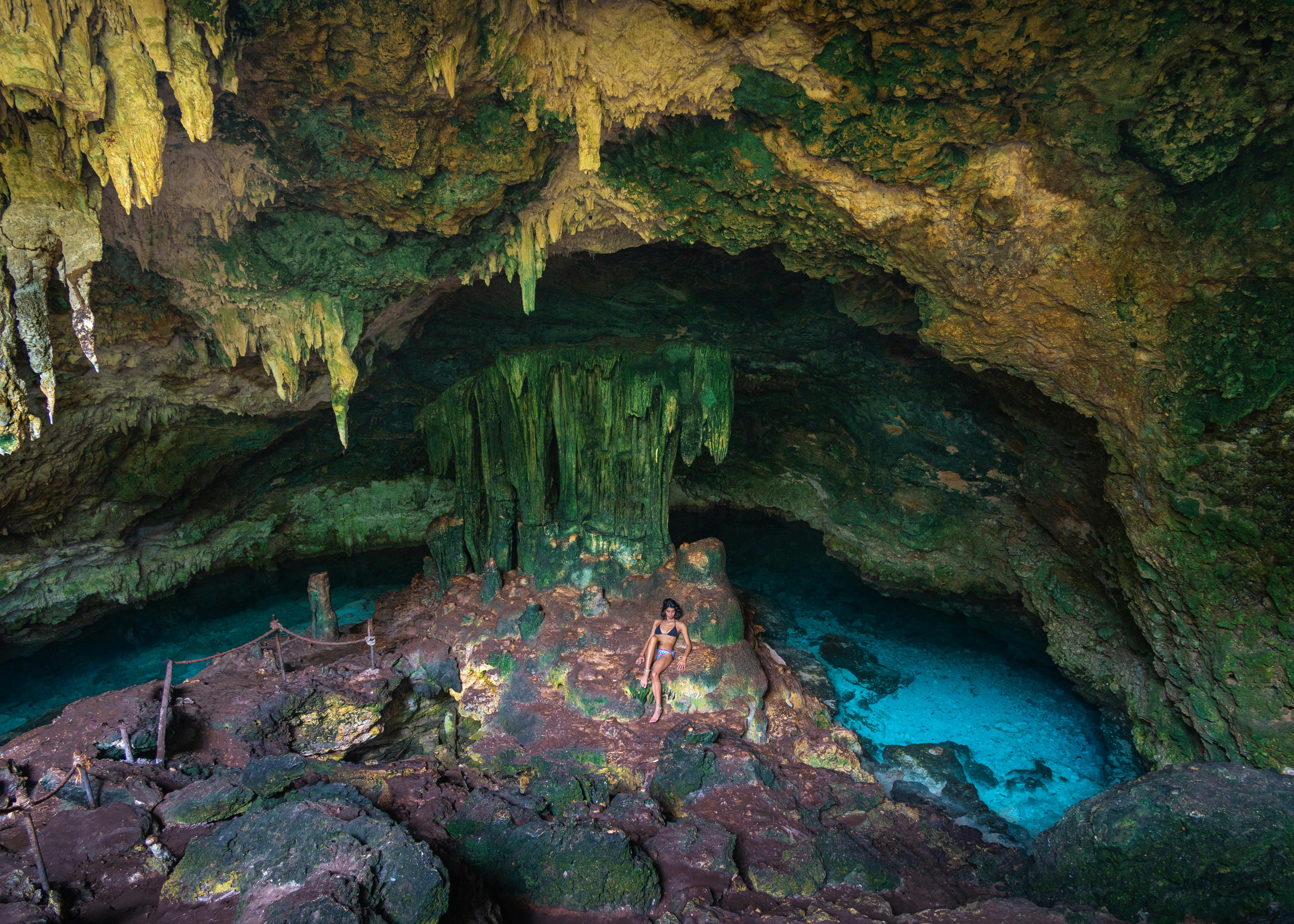Discovering the Unseen: A Deeper Dive into the World of Speleotourism
The subterranean world has long held a fascination for humankind. From prehistoric cave paintings to the works of Jules Verne, the allure of what lies beneath has captivated our imagination. In the realm of travel and tourism, this fascination has birthed a unique trend known as Speleotourism, the exploration of caves as a form of tourism. Although not widely covered, this trend offers an intriguing blend of adventure, discovery, and a deeper understanding of our planet's geological wonders.

A Journey to the Underworld: The Emergence of Speleotourism
Speleotourism, derived from the term ‘Speleology’ (the scientific study of caves), emerged as a travel trend in the 20th century. Primarily driven by the thrill of discovery and the desire to understand our planet better, this form of tourism has evolved significantly over the years. Today, Speleotourism caters to a wide range of interests, from leisurely guided tours of easily accessible caves to challenging expeditions into uncharted underground landscapes for the more adventurous.
The Current Landscape: Recent Trends in Speleotourism
The 21st-century traveler seeks unique and immersive experiences, and Speleotourism delivers on this front. The trend is witnessing an increase in popularity, especially among millennials and Gen Z travelers. Caves offer a unique blend of natural beauty, geological significance, and cultural value. They also provide a welcome escape from the crowds, making them appealing in today’s over-touristed world.
Delving Deeper: Understanding the Benefits and Challenges of Speleotourism
Speleotourism offers an array of advantages. It provides opportunities for education and scientific research while promoting the conservation of these delicate ecosystems. However, it also presents challenges. Ensuring safety and minimizing impact on fragile cave ecosystems are paramount. Unregulated access can lead to degradation of the caves, disrupting the habitats of various species that dwell within them.
Pearls of the Underworld: Interesting Facts about Caves
- The largest cave in the world, Son Doong in Vietnam, is so big it contains its own jungle and river.
- New Mexico’s Carlsbad Caverns is home to over 400,000 Brazilian Free-Tailed bats.
- Caves can influence local climate. The Deer Cave in Borneo creates its own clouds.
- The Waitomo Caves in New Zealand are famous for their population of glowworms, creating a unique, star-like illumination.
Charting the Path Ahead: The Future of Speleotourism
The future of Speleotourism lies in balancing exploration with conservation. As the trend continues to grow, it’s crucial to develop sustainable practices that protect these natural wonders while allowing travelers to experience their beauty and mystery.
The realm of Speleotourism offers an intriguing window into a world that few have the opportunity to explore. It takes us into the heart of our planet, revealing a landscape that is as breathtaking as it is humbling. As we delve into the depths, we not only discover the unseen but also gain a deeper appreciation for the intricacies of our planet’s geological history. For those with an adventurous spirit and a love for the unknown, Speleotourism offers an unforgettable journey.




